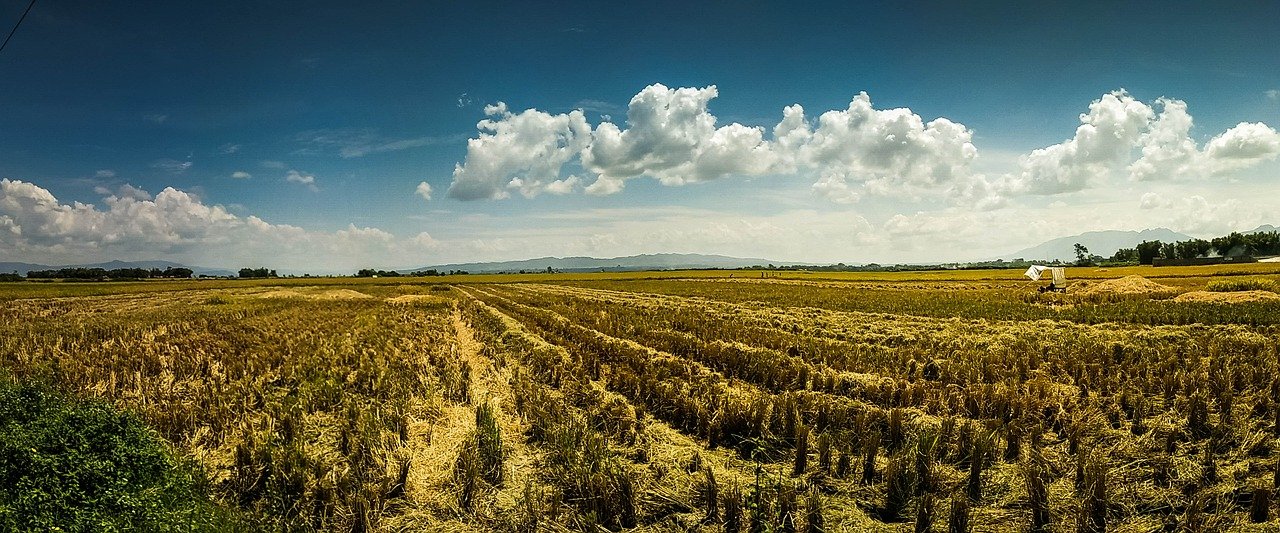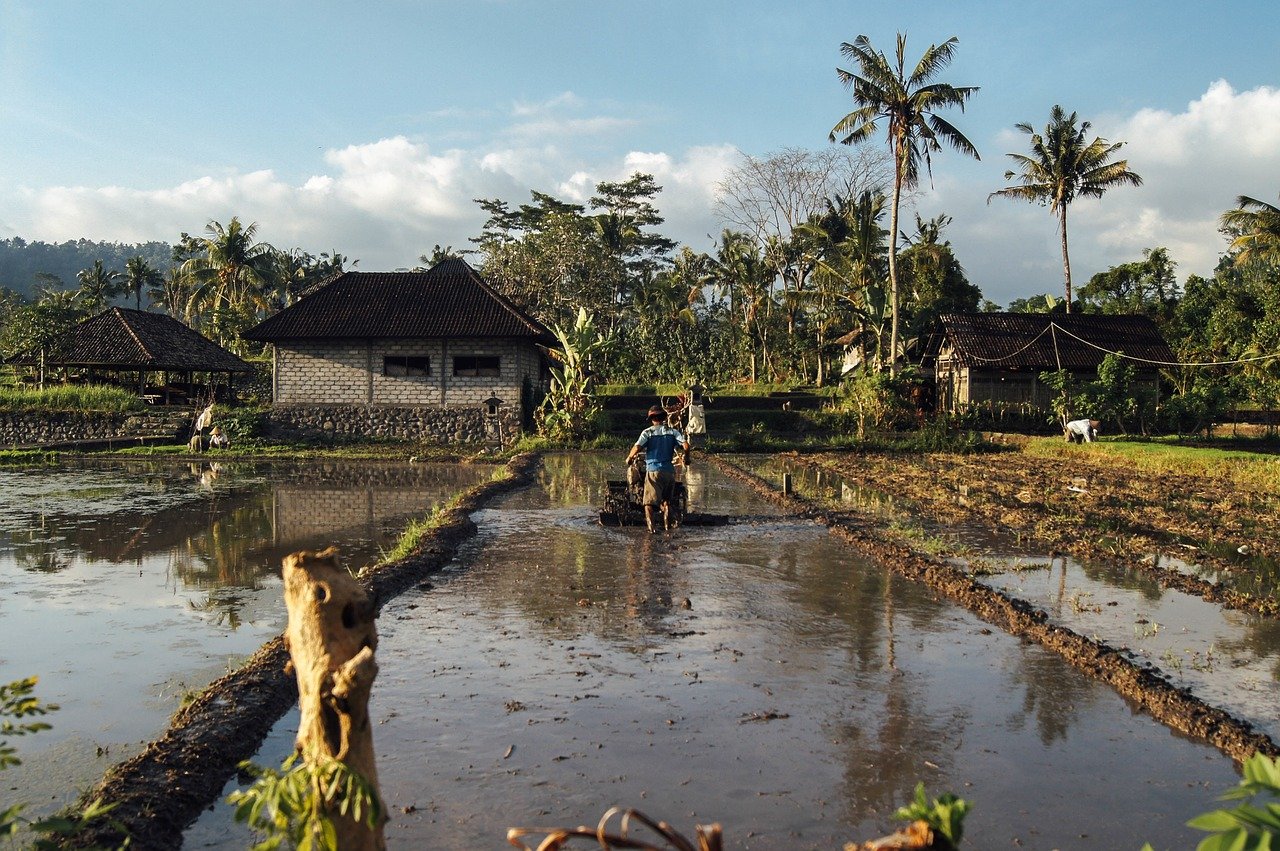
In a recent cross-cultural study published in American Anthropologist, authors Carol R. Ember, Teferi Abate Adem, Tahlisa Brougham, and Emily Pitek, reported results that may help us understand why land, a vital resource for most societies in the ethnographic record, would be owned communally or privately. Building on prior comparative work by James Acheson,[1] the HRAF team tested the idea that economic defendability considerations would predict increased privatization of land. Specifically, Acheson suggested that private ownership of land is only likely if the economically valued resources on it are defendable by an individual person or household units. Drought was also considered since previous researchers working on African societies have implicated drought-proneness to explain communal land tenure systems.
If defendability is considered, two questions are asked. First, does the land one wishes to claim have clear economic value? Second, can an individual or household defend exclusive use rights over the land?
Let us consider the value of a plot of land. A main consideration of the value of land is whether it has permanent value. Many societies have subsistence strategies that entail moving over the course of a year. Such mobility renders a particular parcel less valuable. Among the most mobile societies are people who rely heavily on hunting or on gathering plants that vary by season and place. Also, herders almost always have to relocate their herds to new pastures after their animals thoroughly graze or browse an area or when the water sources dry up. Obviously, any mobile group almost always needs a very large territory for adequate subsistence.

This brings us to the second issue of whether a particular plot of land is defendable by one family. Even if an individual or household wants to claim a large territory over which they move, it would be almost impossible for an individual or one household to defend such a large area. In contrast, a collectivity of some kind, such as a kin group, could provide a reasonably-sized defensive force. Indeed, the cross-cultural study supports the idea that high levels of mobility, high levels of hunting and gathering, and high dependence on herd animals all strongly predict communal ownership. But the converse is not that strong. That is, societies that are low on hunting, gathering, or herding (primarily agricultural societies) do not necessarily have private property. In fact, many agricultural societies also have communal ownership. However, one kind of agriculture–irrigation agriculture–generally predicts private property. Irrigation normally allows a family to cultivate crops year after year in relatively small plots. These findings are all consistent with defendability theory.
Just as drought was predictive of communal property in Africa, it was also predictive in a worldwide sample. Why? Proneness to recurrent and severe droughts decreases the productivity of land both for crop farming and grazing. In the absence of other sources of water such as rivers or wells for irrigation, this makes the land risky and hence less valued. One strategy for averting this risk is allowing individual household units access to agricultural plots widely scattered across different microecologies. This adaptation also requires more territory and therefore communal land tenure systems are probably more adaptive than private property systems.

The findings of this research have some evolutionary implications. Given that humans were hunter-gatherers for most of their history, if land was claimed at all, it was probably claimed communally and defended by a collectivity of some kind. Private property systems were not likely at all until there were agriculture systems in place, such as irrigation networks, that made land have permanent value. As in all research, questions are raised that require more research. Besides irrigation, some other aspects of agriculture need to be explored, such as crops of long-lived trees and extensive terracing. Are these also conducive to private property regimes? And, is it necessary to have political systems backing up property claims for private property regimes to work?
Submitted by Carol Ember and Teferi Abate Adem
Notes
[1]Acheson, James M. 2015. “Private Lands and Common Oceans: Analysis of the Development of Property Regimes.” Current Anthropology 56 (1). University of Chicago Press: 28–55.